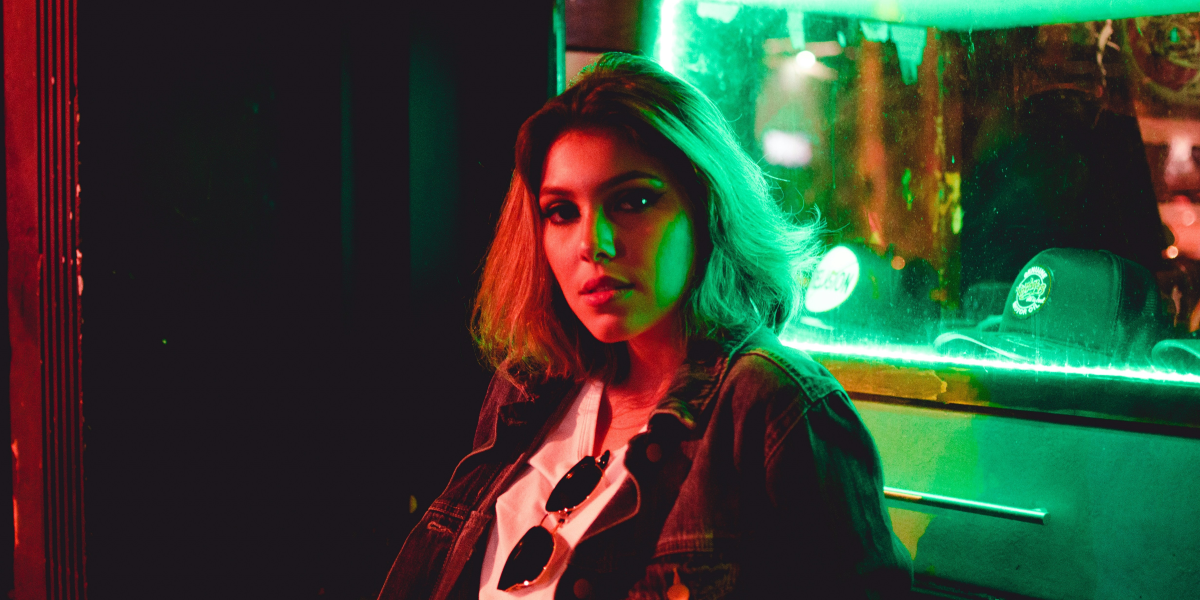Mastering fashion photography in low light is both a challenge and an opportunity for photographers to showcase their creativity. With the right equipment, techniques, and approach, you can capture dramatic, engaging shots that stand out. This guide offers a step-by-step overview of best practices for low-light fashion photography, covering everything from equipment selection to model direction and lighting control.
Equip Yourself with the Right Gear
For sharp, well-exposed shots in low light, choose a camera that performs well in dark conditions—ideally, a full-frame model with high ISO capabilities to reduce noise. Pair it with a wide-aperture lens, such as f/1.8 or f/2.8, to allow more light onto the sensor. Prime lenses are especially effective in low light, offering sharper images due to their larger apertures. If capturing various angles or motion, a tripod can stabilize your shots, especially at slower shutter speeds.
Maximize natural light sources like windows or street lamps to add warmth and depth to your images. Positioning your model near these light sources creates shadows and highlights for added contrast and dimension. For extra lighting, use continuous lights, LEDs, or flash units with softboxes or reflectors to maintain a soft, flattering look that complements the model without overpowering the natural scene.
Fine-Tune Exposure Settings for Optimal Results
Achieving the correct exposure in low light is a balancing act involving ISO, aperture, and shutter speed. Adjusting these settings carefully helps you find the proper exposure without sacrificing image quality:
- ISO: A higher ISO setting increases light sensitivity, though very high ISOs can introduce grain, or “noise,” to your photos. Start with a moderate ISO and improve it as needed.
- Aperture: A wide aperture (like f/1.8) allows more light to enter but also creates a shallow depth of field, so be mindful of focus points.
- Shutter Speed: Slower shutter speeds allow for more light to be captured but can result in motion blur. Use a tripod or stabilize the camera to keep images sharp.
Embrace Shadows for Added Depth and Drama
Shadows are a powerful compositional element in low-light fashion photography. Embrace them to add a sense of mystery and dimension to your shots. Position your light source to create dramatic effects like side lighting, which highlights contours and enhances the model’s silhouette. You can also try backlighting or rim lighting to outline the model’s shape, adding depth and drama that elevates the fashion imagery.
Use Reflectors and Diffusers to Control Light
Reflectors and diffusers help you manage the light to create a balanced and flattering look. A reflector can bounce light back onto the model to fill in shadows, while a diffuser softens harsh light, creating a more even glow. Experiment with different reflector colors (such as white for a soft look or silver for a more vibrant reflection) and positions to achieve a light quality that complements the model and the scene. Adjusting the distance and angle of the reflector or diffuser can significantly impact the final shot.
Provide Clear, Effective Direction to Your Model
Directing your model effectively is essential for capturing expressive, high-impact images in low light. Communicate clearly to guide them on posing, expressions, and interactions with the environment. Encourage poses that suit the low-light ambiance, such as relaxed, natural stances for a moody feel or strong, angular poses for high-fashion shots. Subtle adjustments, such as turning the chin or adjusting hand positions, can make a notable difference in the overall look and mood of the photograph.
Shoot in RAW for Greater Post-Processing Flexibility
Shooting in RAW format preserves more image data than JPEG, making it easier to adjust exposure, white balance, and other elements in post-processing. This is particularly useful in low-light settings, where adjustments may be necessary to highlight details and correct color tones. With RAW files, you can enhance shadows, reduce noise, and improve clarity, giving you more control over the final look without compromising image quality.
Embrace Experimentation and Post-Processing
Low-light photography often requires trial and error, so experiment with various angles, poses, and camera settings to capture the desired effect. Take multiple exposures and make adjustments as needed. In post-processing, use tools like Lightroom or Photoshop to enhance colors, contrast, and clarity, adjusting shadows and reducing noise for a polished final image. Techniques like dodging and burning can refine specific areas, adding depth and dimension.
Creating Impactful Low Light Images with Practice and Persistence
Low-light fashion photography offers unique opportunities to explore mood, emotion, and texture in ways that bright light settings may not. By choosing the right equipment, mastering light control, effectively directing models, and practicing patience, you can capture fashion images that convey artistry and personality. Remember, every shoot is a learning experience; experimentation is critical to refining your low-light techniques. With time and persistence, you’ll develop a style that meets your creative goals and leaves a lasting impression.
Published by: Khy Talara















